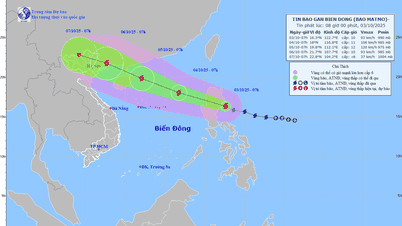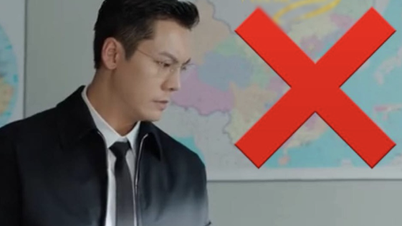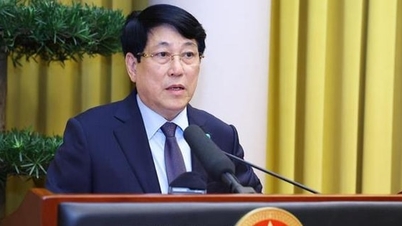Khang - the friend I always admired for his optimism and strength, was different that day. His voice was heavy, talking about the upheavals of work, life and even broken relationships. Khang talked a lot, like a bucket full of sadness being poured out without any cover. Khang talked about the betrayal of a friend, about the pressure from his family, about the consecutive failures in the project he put all his heart into. Tears did not flow, but his voice was choked.
At that time, I could have chosen to identify with Khang and say, “That’s right, why is life so unfair! Poor you!”, and then both of us would sink into the quagmire of pessimism. But I didn’t do that. I just looked at you, at Khang’s red eyes and tight mouth, to understand that pain, not to feel it. I didn’t allow myself to be swallowed by that negative energy, but just kept a distance enough to observe and feel.
Then after a while, Khang’s story quieted down. Khang’s eyes turned to the window, where the rain was still falling steadily. The space suddenly became silent, only the gentle music remained. I knew this was the time to need something. But not advice or comfort. I gently said: “I understand how difficult that feeling is. But hey, remember when I failed the university entrance exam? Everyone thought I was broken. But then I found another way. You are the same, just at a difficult turn, not a dead end.”
Khang looked up, then smiled slightly. It was a relieved smile, as if a burden had just been lifted.
At that moment, I suddenly realized. Speaking for the listener is not about saying what you know, what you want to say. It is a subtlety because the art of communication, after all, is a bridge. The bridge helps you to cross to understand others, but not to get stuck with their emotions. You can feel the pain of others, but you do not need to feel the pain with them. You can understand their failures, but you do not need to give up with them. Like a doctor, they understand the pain of the patient, but do not let that emotion dominate the diagnosis process. They still maintain calm and reason to come up with a treatment plan.
And I realized that when we speak for the listener, it is not just about choosing words, adjusting volume, and speed. It is a journey of emotional intelligence. It is knowing how to empathize without assimilating, knowing how to listen without judging, knowing how to give without expecting anything in return. It is when we learn to pour just enough water into the other person's cup, not overflowing, not emptying, so that they can pick it up and drink it down comfortably.
That's what a conversation is really about. It's not a performance for us, but a meaningful experience for both of us.
Source: https://www.sggp.org.vn/giua-ngay-mua-lat-phat-post811929.html


![[Photo] Binh Trieu 1 Bridge has been completed, raised by 1.1m, and will open to traffic at the end of November.](https://vphoto.vietnam.vn/thumb/1200x675/vietnam/resource/IMAGE/2025/10/2/a6549e2a3b5848a1ba76a1ded6141fae)






































































































Comment (0)